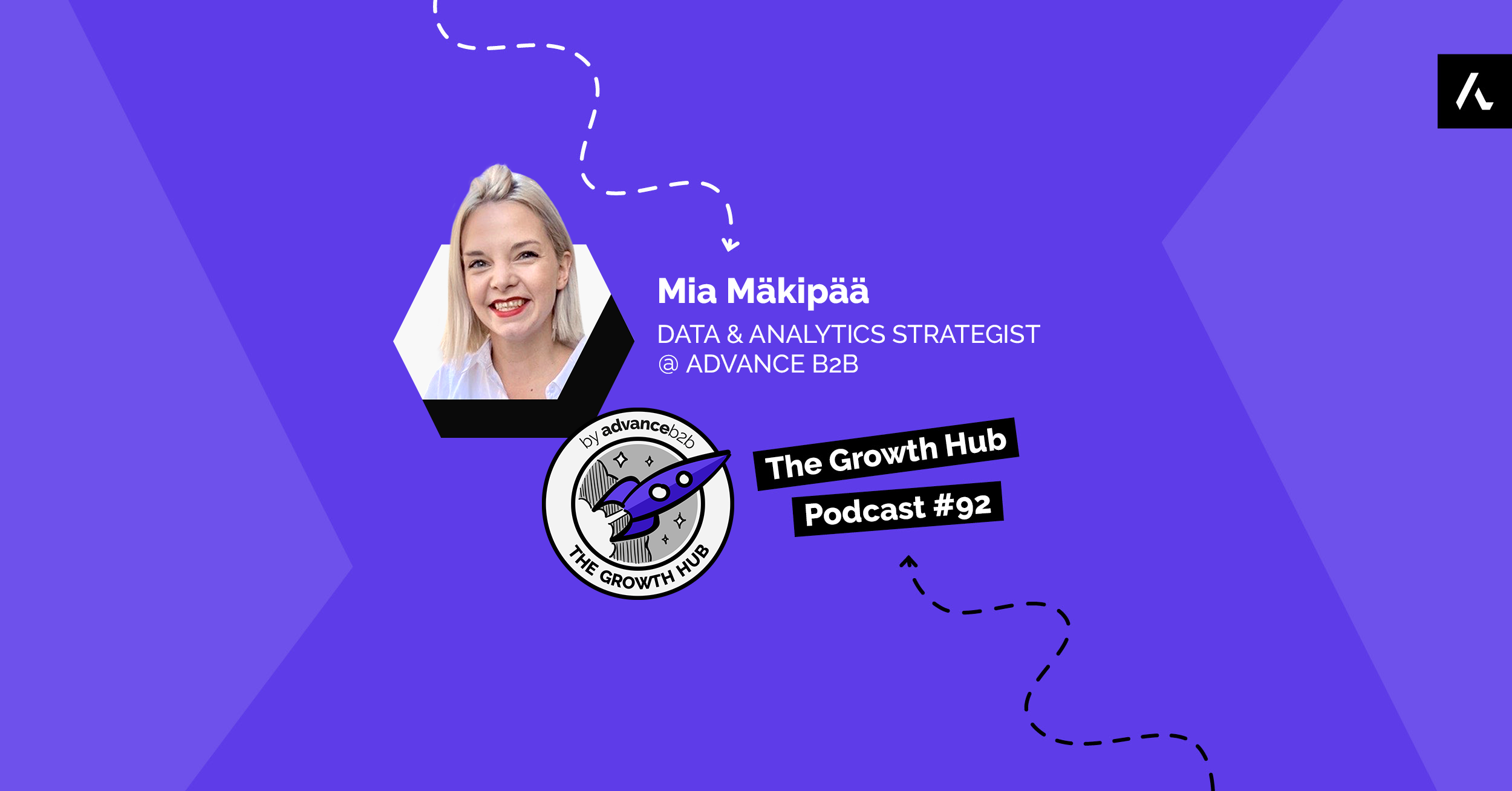Hi there! 👋
You know that world of digital marketing we're all familiar with? Well, things are changing, and it's time to talk about it.
If you’re pressed for time, here are the key takeaways for this month:
🚀 The death of third-party cookies is a significant shift in digital marketing.
🚀 While it presents challenges for marketers, it also presents an opportunity to create more personalized and effective ad campaigns that resonate with their audience.
🚀 It's important that we adapt to these changes and focus on creating high-quality content that speaks directly to our audience's needs and interests.
🚀 Stay tuned for our upcoming blog post on the topic.
Third-party cookies have been a common practice for years.
These cookies are generated by domains other than the one a user is visiting, allowing advertisers to track user behavior across different websites and target ads accordingly.
But recent industry changes are causing companies to shift towards using only first-party data.

(Well, Cookie Monster isn’t the only one who’s sad about no cookies 😥)
Going cookieless simply means not using third-party cookies for tracking and targeting ads. You’re probably wondering: how am I to learn about my audience then?!
The answer is first-party data. While cookies are being phased out, first-party data is collected directly from users through their behavior on a company's website, social media profiles, or email lists.
Why the sudden change toward first-party data?
The main reason is user privacy.
Third-party cookies have been a source of concern for years, as users feel their data is being collected without their consent.
With the rise of data breaches and privacy scandals, there is a growing awareness of the need for greater privacy protections.
The death of third-party cookies is significant since it's been the backbone of digital marketing for years. 🪦
It has allowed marketers to track user behavior across the web and target ads accordingly. However, with privacy concerns on the rise, companies like Google have announced plans to phase out third-party cookies in their browser by this year.

What does this mean for marketing?
We’re not going to lie. It does present a number of challenges.
However, it also presents an opportunity to create more personalized and effective ad campaigns based on direct data from users.

Companies will need to rely more heavily on paid advertising to reach their target audience. But by collecting data directly from their audience, companies can gain a more accurate understanding of their users' needs, interests, and preferences, and create more targeted campaigns that are more likely to resonate with their audience.
Our take on this?
It's likelier to result in a higher return on investment for your advertising spend, as the targeted campaigns are more likely to result in conversions and engagement.
Hang on! ✋ This is not the end yet
We know many of you have questions about this topic. And we’re currently working on an article that will provide more in-depth information on how to navigate this shift toward using first-party data in marketing.
Stay tuned! 🤩
In the meantime, go ahead and dive into this podcast with our Data & Analytics Strategist, Mia Mäkipää, on more discussions about how the latest developments in the data and analytics world are impacting marketing.
To wrap it up 🌯
The death of third-party cookies is a significant shift in digital marketing. Although it presents its own set of challenges for marketers, it also presents an opportunity to create more personalized and effective ad campaigns that resonate with their audience.
As marketers, it's our job to adapt to these changes and create high-quality content that speaks directly to our audience's needs and interests.
And psst: If you found this content interesting, subscribe here to make sure you won't miss any future letters! 👇


